Games for the brain or strategy games are one of the finest workouts for your brain, and they’re a lot of fun. Many of us go to the gym on a regular basis to keep our bodies healthy and flexible through sport and physical exercise, but what about our minds?
Strategy games may be basic or complex, but what they all have in common is that players must anticipate, devise a strategy, and then execute it in order to triumph.
If you’re interested in games that stimulate your mind, we’ve got a list for you. These games will challenge the way you think and make you more intelligent through sheer logic. Here’s our list of 10 games for the brain:
1. Chess
The King of games for the brain. The Persian word “shah,” which means king, gave chess its name. The game is played on a small square board with 64 tiny squares. It originated in India during the third and sixth centuries and is made up of 64 little squares.
The game of chess is played with 16 pieces each. Two players may face off against one another, utilizing a total of 64 pieces. The goal is to trap your opponent’s king and prevent it from running away or being liberated by another piece in the next move.
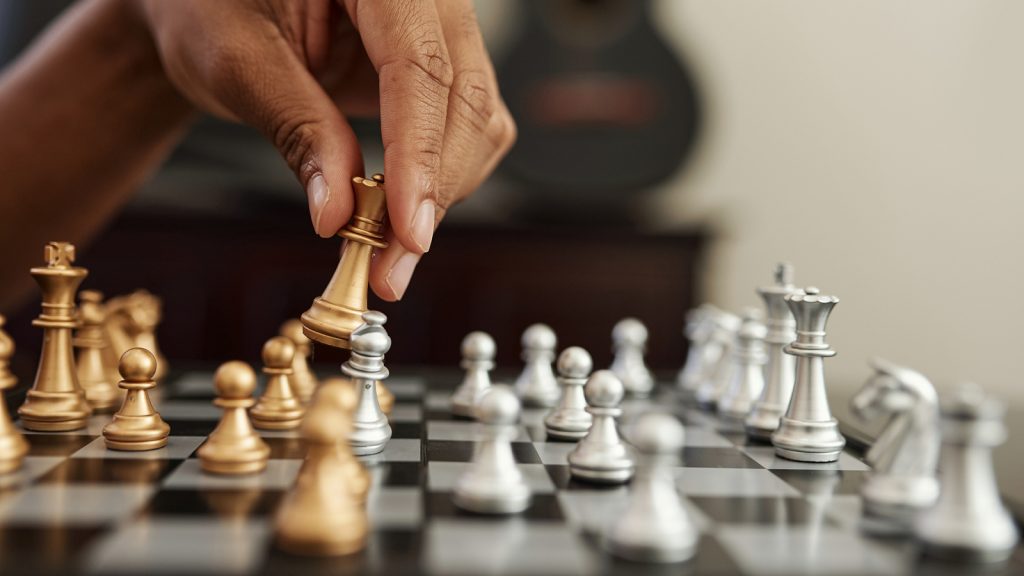
2. Go
The game was created in China, but it is largely developed in Korea and Japan. It’s a game for two players in which the board is crisscrossed by 19 horizontal and vertical lines.
At the intersection of two lines, stones are placed to avoid your opponent rather than to take control of the board. One of the most popular games for the brain in Asia.

3. Shogi
Chess is a popular game played by both children and adults, with some versions of the game available in different languages. The Japanese variant of chess is played on a board with nine fields, although other variants exist.
The primary distinction between shogi and chess is that, in shogi, the king is more powerful: In the Japanese version, pieces are not assigned to a specific player; instead, they may be utilized by both players. Although checkmate has been achieved, the ultimate goal of the game has not.
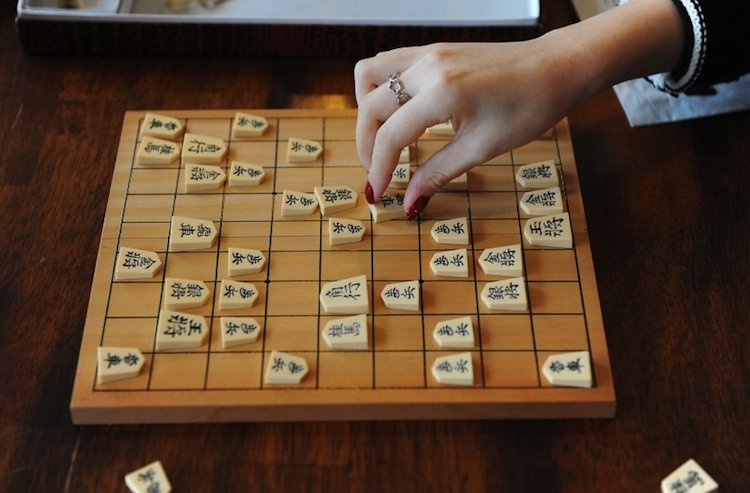
4. Checkers
One of the games for the brain that has a board that resembles a chessboard, but the playing style is entirely different. The rules of checkers, however, differ significantly from those of chess.
Players in the game Checkers move their pieces diagonally across the darker squares, one square at a time, until they are able to capture their opponent’s piece by leaping over it. The first person to remove all of the other player’s pieces is the winner. Checkers is also known as draughts and is known in German as “Dame” (“lady”).
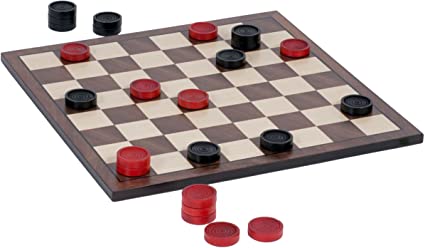
5. Nine Men’s Morris
The board is made up of three squares, which are drawn together one inside the other. With nine tiles each, two players play. The objective is to match three tiles in a row, known as a mill, which allows you to remove one of your opponent’s tiles. The first one to reduce his opponent to two tiles, thus preventing a three-tile mill, wins.
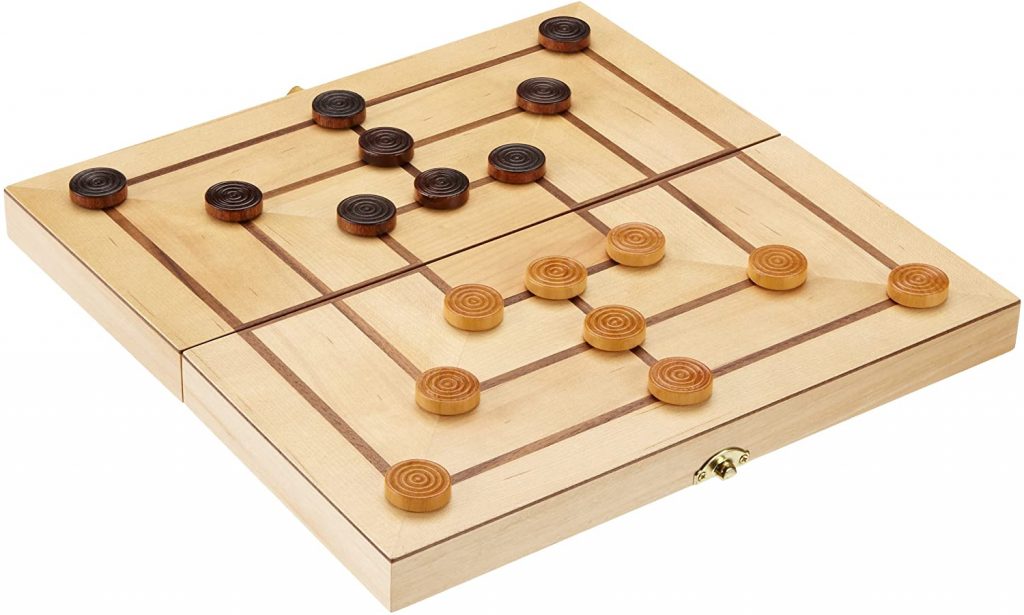
6. Tic-tac-toe
It’s probably the finest game for long car journeys since all you need is a pencil and some paper. Tic-tac-toe originated in the 12th century.
On a nine-square grid, two players take turns drawing an X or a O. The first player to make a row – horizontally, vertically, or diagonally – wins. Tic-tac-toe was one of the first computer strategy games for the brain.
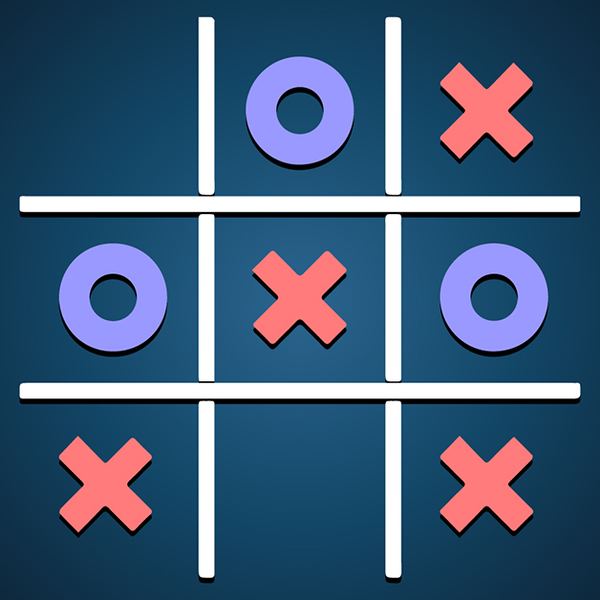
7. Connect Four: The Vertical Board
It may be a board game as well – but it’s played vertically. In 1974, “Connect Four” was released and is a two-player game. The player who first completes four rows of their color – vertically, horizontally, or diagonally – wins. It’s similar to tic-tac-toe, except there are 42 available squares instead of nine.
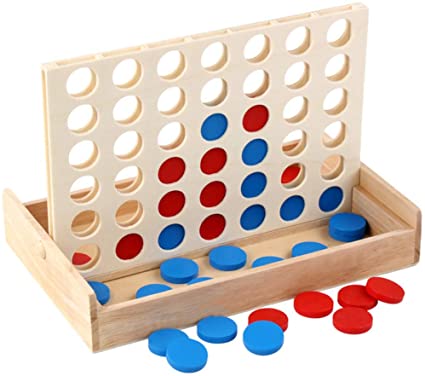
8. Civilization: From the board to your screen
In 1980, “Civilization” was released as a board game. The concept was challenging: From the Stone Age to the Iron Age, a society must endure challenges. Up to 10 hours may pass between when you start and finish a game.
Seven players can play at the same time, although one game might last up to 10 hours. In 1991, “Civilization” was released as a computer game and became a worldwide success.
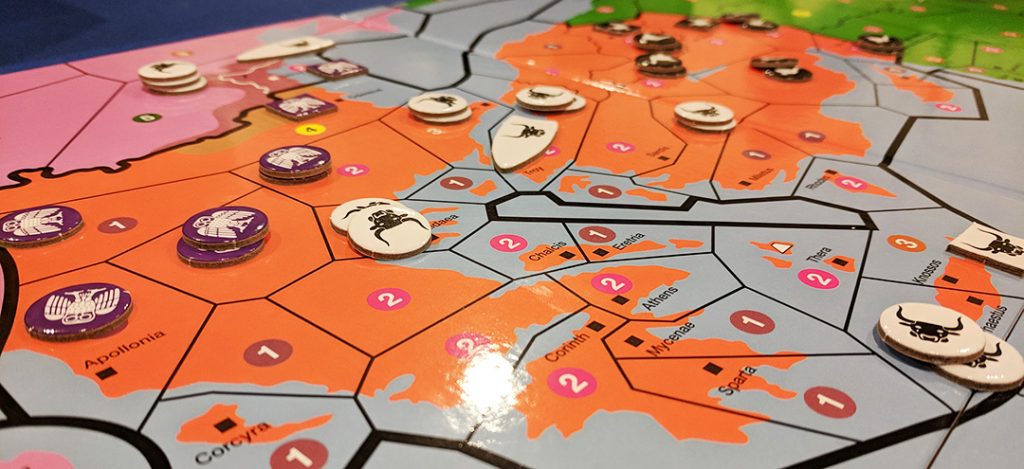
9. Anno
A game to play with individuals and resources. “Anno,” a popular resource-related game first released in 1998, is one of the all-time favorite games for the brain.
The aim of it is to discover and fill-in for fictional islands, then satisfy the demands of the new island dwellers. It’s also conceivable for gamers to engage in attacks and trades, similar to what would happen in reality.

10. StarCraft
For some, “StarCraft” is a simple diversion, but it is a national pastime in South Korea. The real-time strategy game was launched in 1998 and has remained one of the most popular computer games available.
Players must first construct a base, gather resources, and recruit soldiers to combat rivals. In South Korea, national significance is attached to online tournaments – and they’re even open to the general public.

Conclusion
A great deal of time is spent in games that ask you to think differently, imagine, and solve ever-changing problems that don’t allow you to get used to them. These types of gaming are particularly useful because they make you happy while also sharpening your mental capabilities at the same time.



